Displaying items by tag: lift
MGM Boat Yard Lifts Dun Laoghaire & Howth RNLI Lifeboats
With just over three weeks til the clocks go forward and with the smell of antifouling in the air at Dun Laoghaire Harbour, it can only mean one thing; the Irish summer boating season is just round the corner. Boatyards around the country are getting busy in anticipation of a great 2016 season. Yesterday and today, both the Howth and Dun Laoghaire RNLI Lifeboats are being lifted on MGM Boatyard's 50–ton travel hoist (the only such hoist in Dublin Bay) for maintenance and service work that includes antifouling and anode changing.
Howth & Dun Laoghaire Lifeboats lifted yesterday & today for antifouling and anode changing pic.twitter.com/KlJJaajZpq
— MGM Boatyard (@BoatyardMgm) 2 March 2016
MGM Boats offer a wide range of boatyard services including lifting, pressure washing, block off and launching.
131–ft Super Yacht Dropped During Cargo Ship Lift
#superyachtdrop – Time to check your insurance policy! This 131ft superyacht was being hoisted on a container vessel in the port of Colon in Panama on Tuesday.
However, this routine procedure went wrong when the lifting straps around the superyacht broke, dropping the vessel onto the deck as the vid above shows (at about 0.48 seconds on the timeline).































































